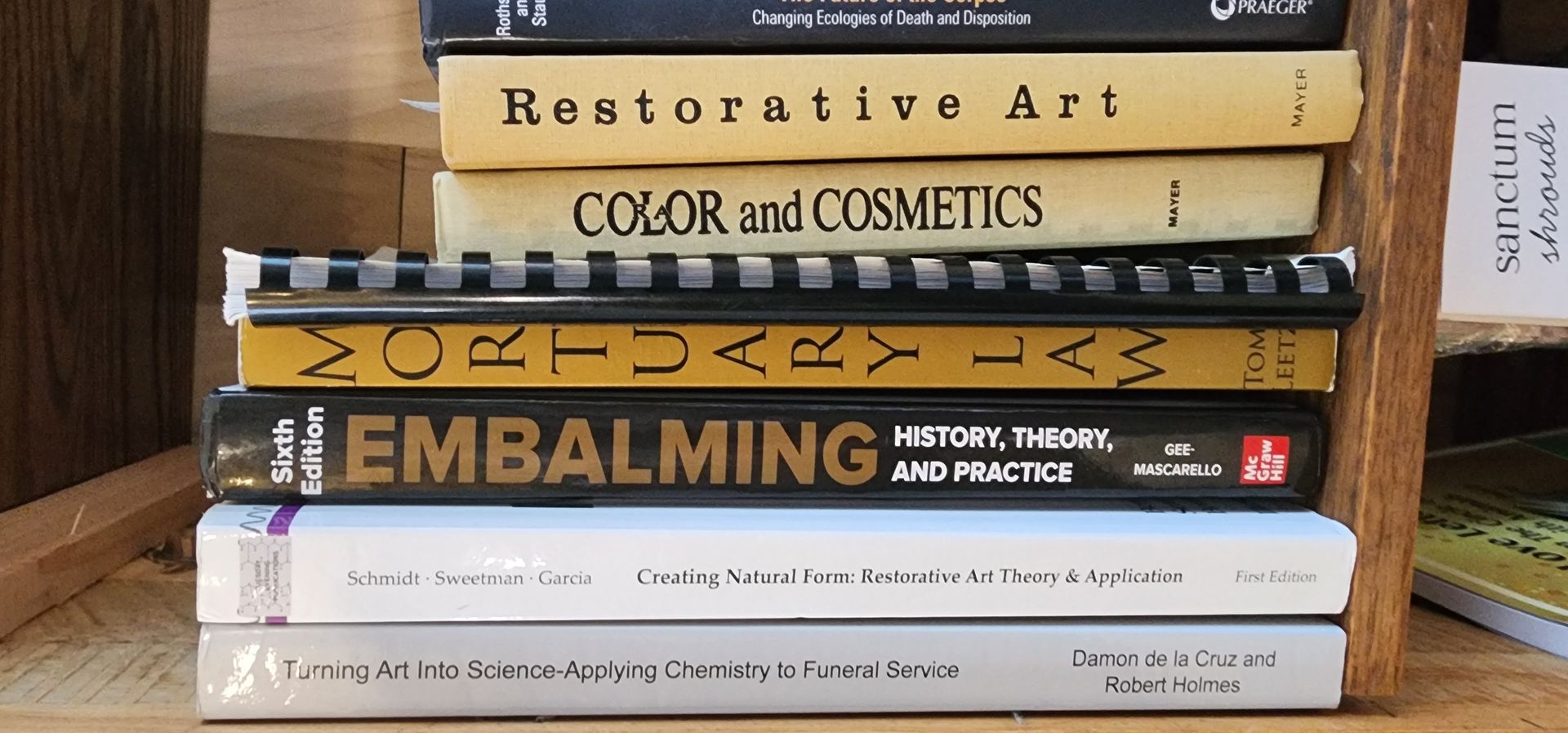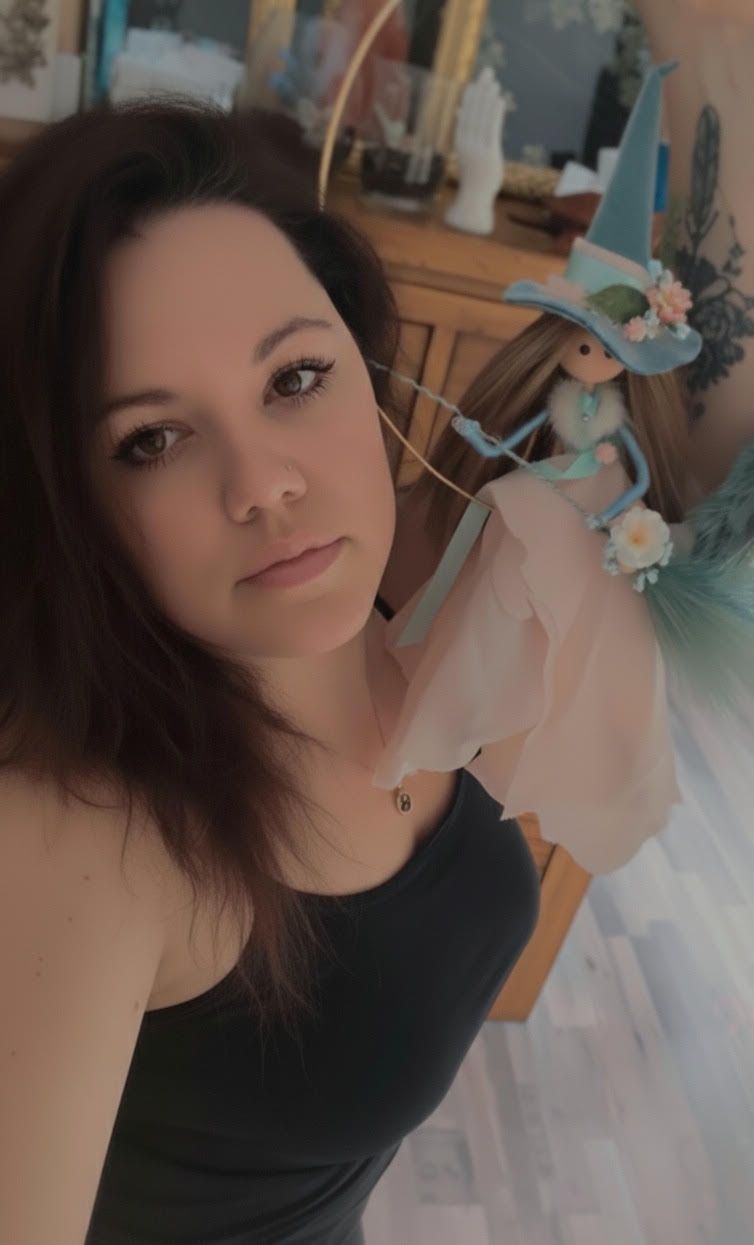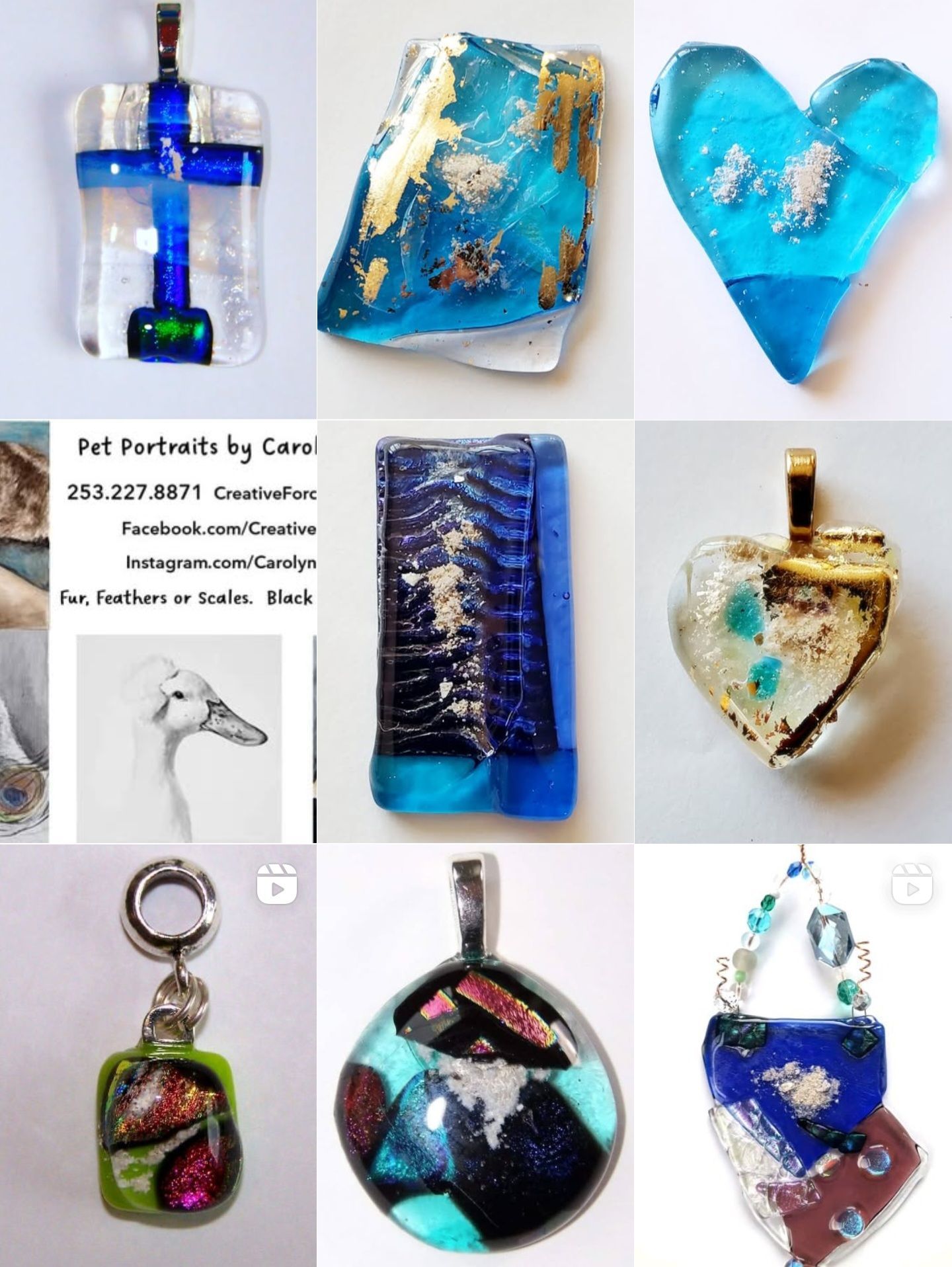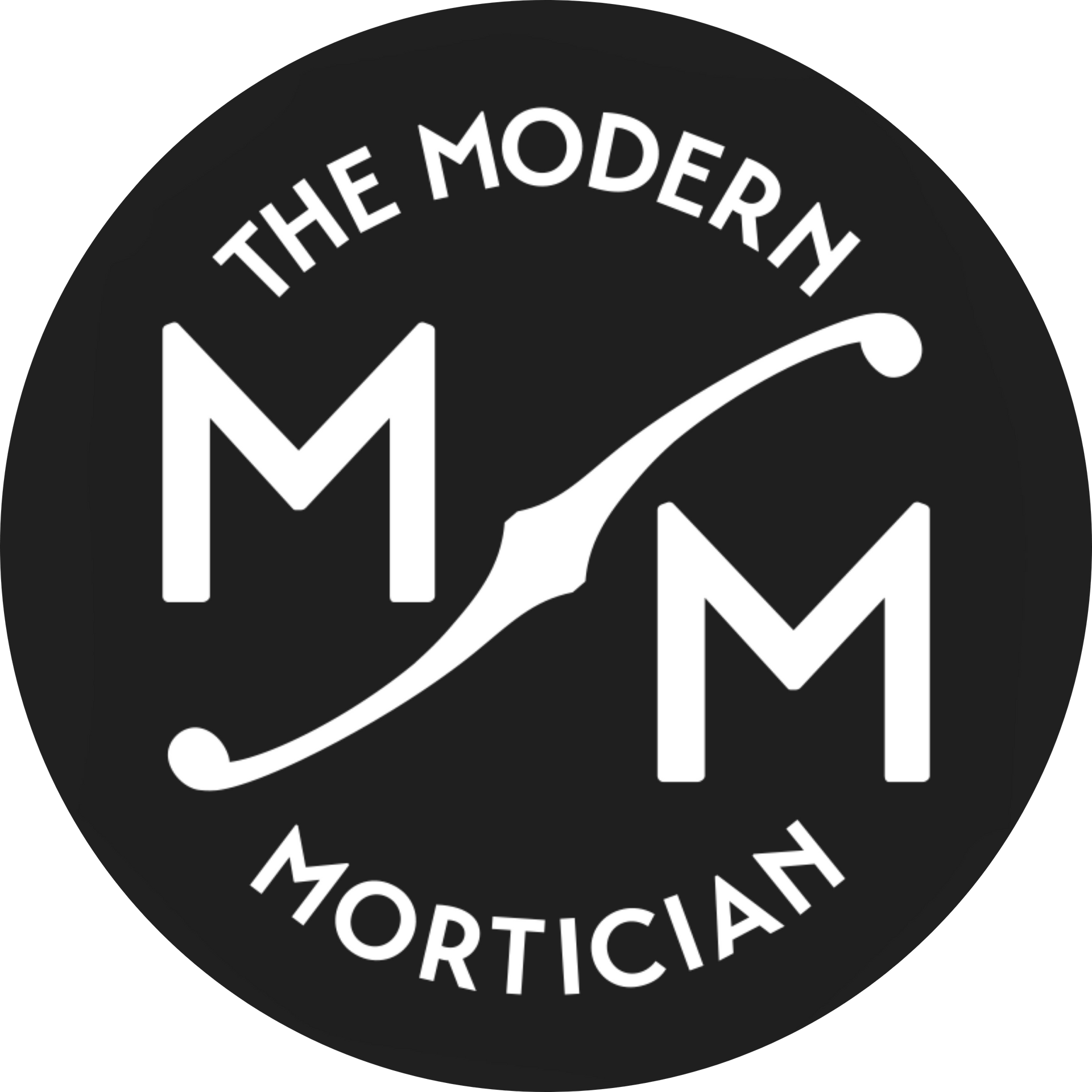Melissa Meadow
Sebaahstian Baach, the journey from birth to becoming an educational tool

In the small community in which I reside, on the coast of the Pacific Northwest, I was fortunate to find friends quickly at a yarn shop on the port in Ilwaco, WA.
The pirates of Purly Shell Yarn raise their own future wool makers, yall. Founded in 2014, after years of researching and planning, they opened up shop, taking on small business ownership head on. I love to introduce my crafty friends online to my IRL friends and what they create. Heather, Danielle, and Stacie strive to provide unique and creative yarns and fibers to their family of fiber artists. Like me, they break the mold of a traditional, their niche being a fiber arts shop! Not only that, they are also a studio, an open learning environment, and a safe place to be creative while bending or breaking all the rules! They focus on American-made yarns, small companies, hand-dyers, and inspiring artisans, and they have an eclectic feel to the high quality and unique products they carry. Plus, they let me put a casket on their patio for funsies not once, but likely 5 times... and on further thought, they're storing one for me right now. *thanks y'all<3*
With the joys and new births of spring, sometimes loss happens. Loss led me to care for my first lamb baby. I was elated that Danielle chose Water Cremation and to utilize his remains to educate people on the facts of water cremation care and options after. You can visit his obituary here.
So, this brings us to they journey for Sebaahstian the Lamb from after death, to water cremation, and concluding; documenting the process of choosing and arranging for a unique option many people don't know about, Parting Stone Solidified Remains!
After bringing Sebaahstian into my care, his little body inconspicuously nestled in a laundry basket, inconspicuously from Danielle's van to my car. I secured the basket with the seatbelt next to Kermit the dog, sidekick, scanned the parking lot for lookie loos, and closed the hatchback.
Purly Shell shared the story of his passing on their social media....
"This is our 2nd lambing. The first was amazing, and this year was set up to be even better. The ewes were in wonderful shape, there were cameras recording but unfortunately, no matter what happens you can't plan for every contingency.
This baby, Sebaastian was growing, and happy and loving life. Unfortunately his mother, a rescue ewe who probably for the first time in her life had plenty of food produced an overabundance of milk for her babies. We lost this baby when he overate and bloated. Poor mama is so sad that one of her twin boys is missing.
Thankfully a friend who is a mortician gave him the dignity every living being deserved. We always say no bad days at the farm, and every life should be remembered and cherished."
Sebaahstian's body was then transferred to my pet funeral home, The End Companion Care. I made the proper arrangements to schedule his reduction by water cremation, and not long after, he returned to me in his most simple form; ash, which is really bone, which is REALLY at this point just Carbon Phosphate. It looks like powder as opposed to what you see at the conclusion of a flame cremation, something resembling sand of varying consistencies.
From here, you can follow his journey through my instagram and tiktok posts, and once he returns as Stones, I will update this post entirely.
In the meantime, here is a video about Parting Stone.
New Paragraph












